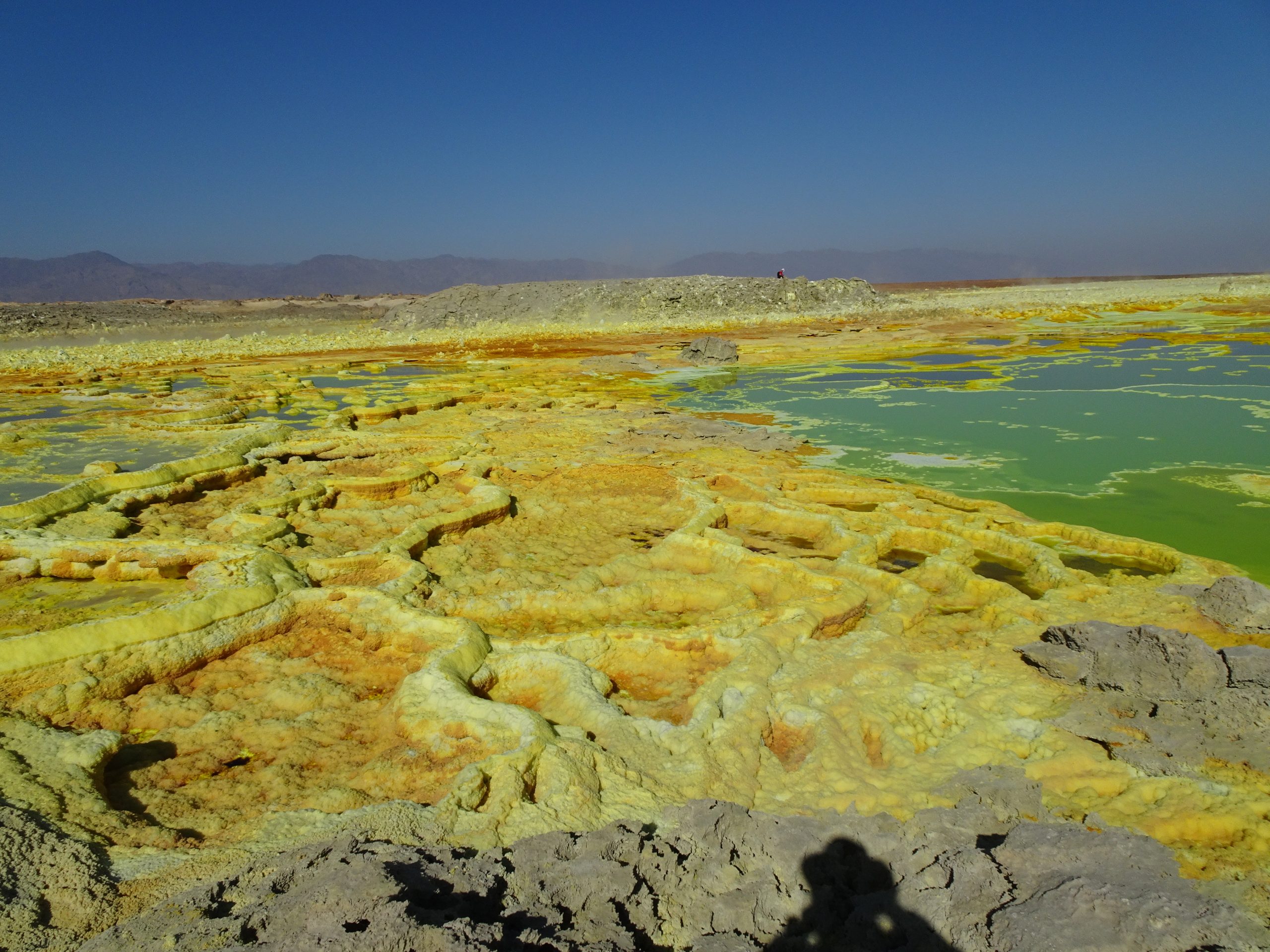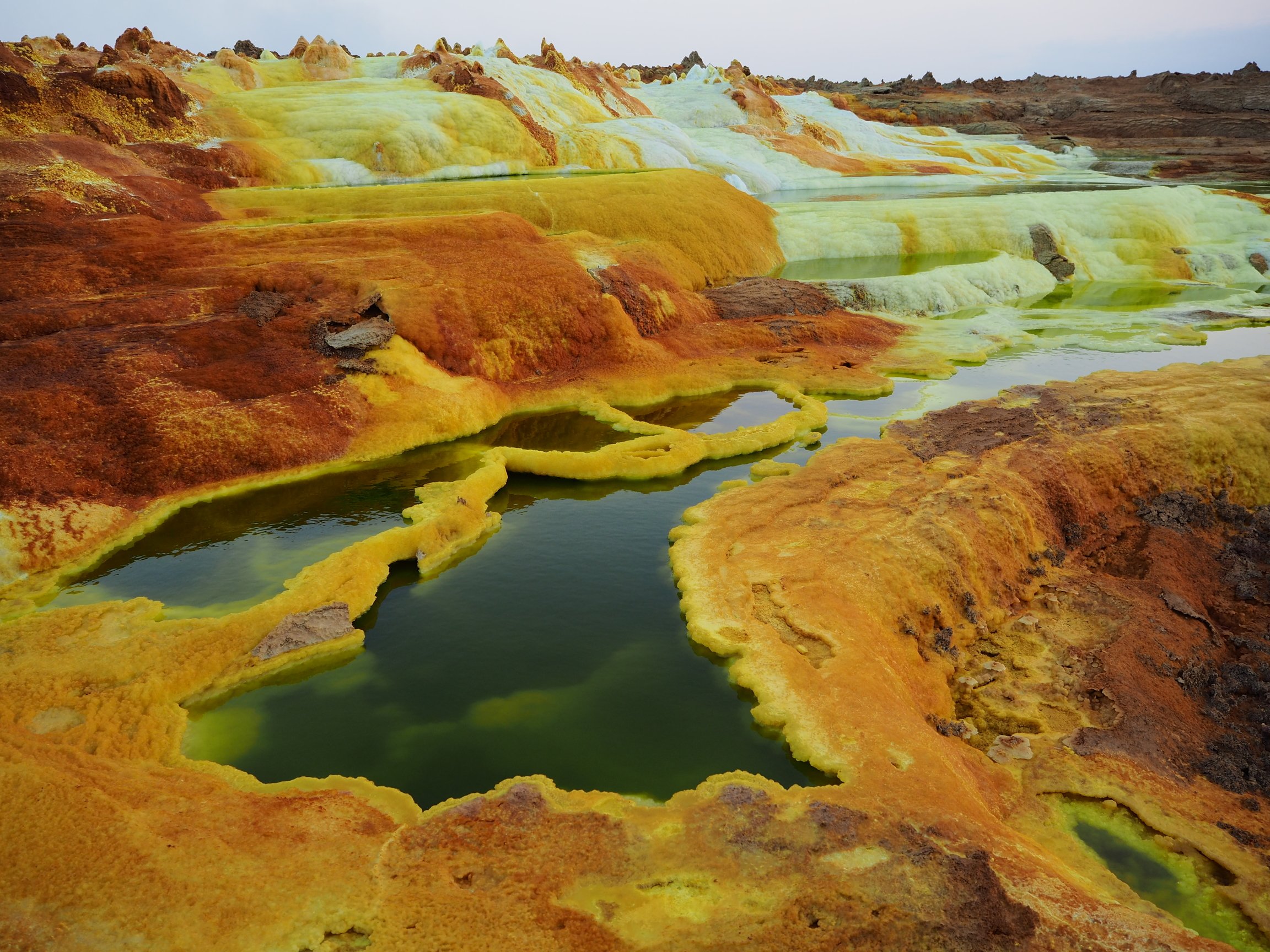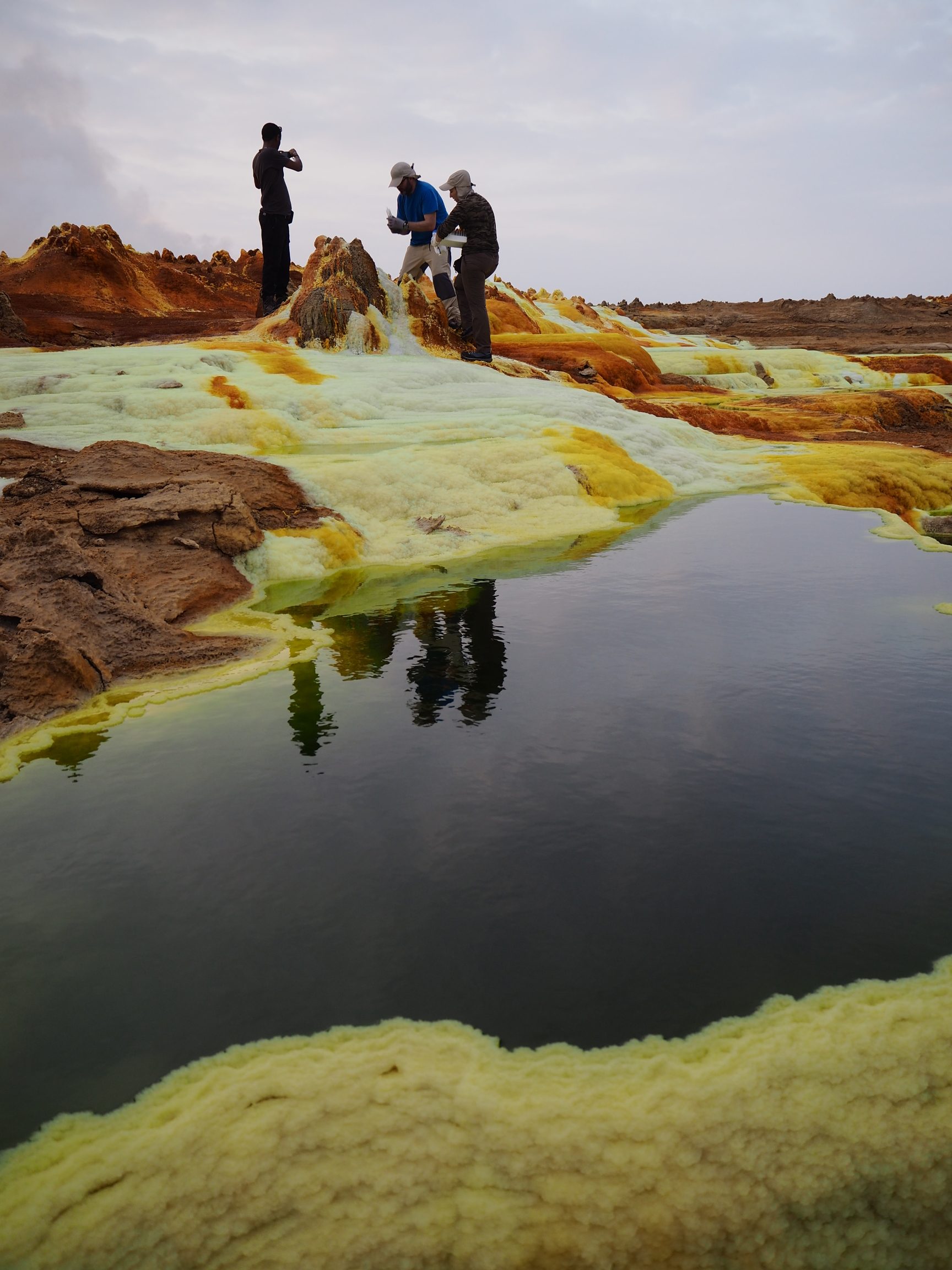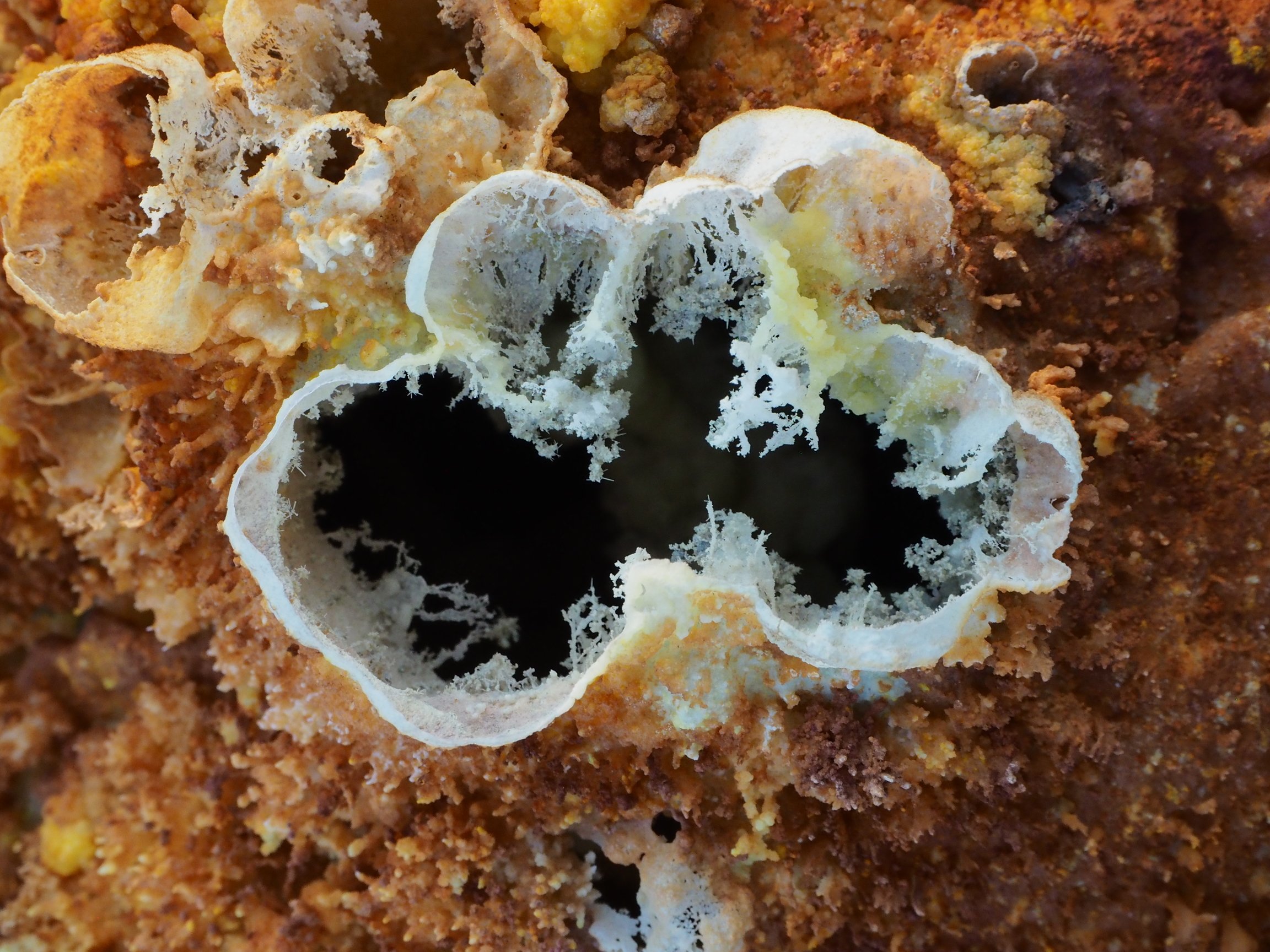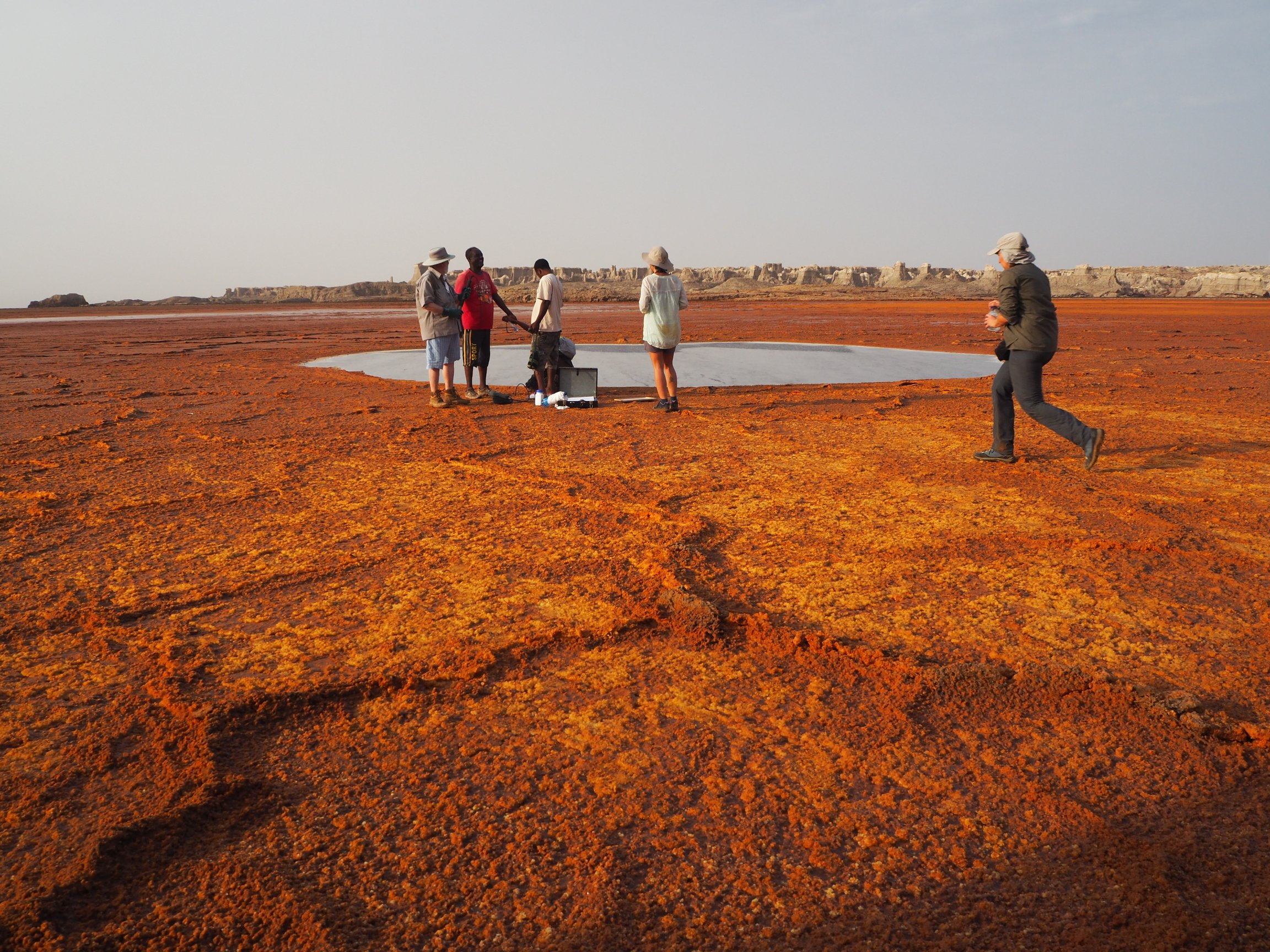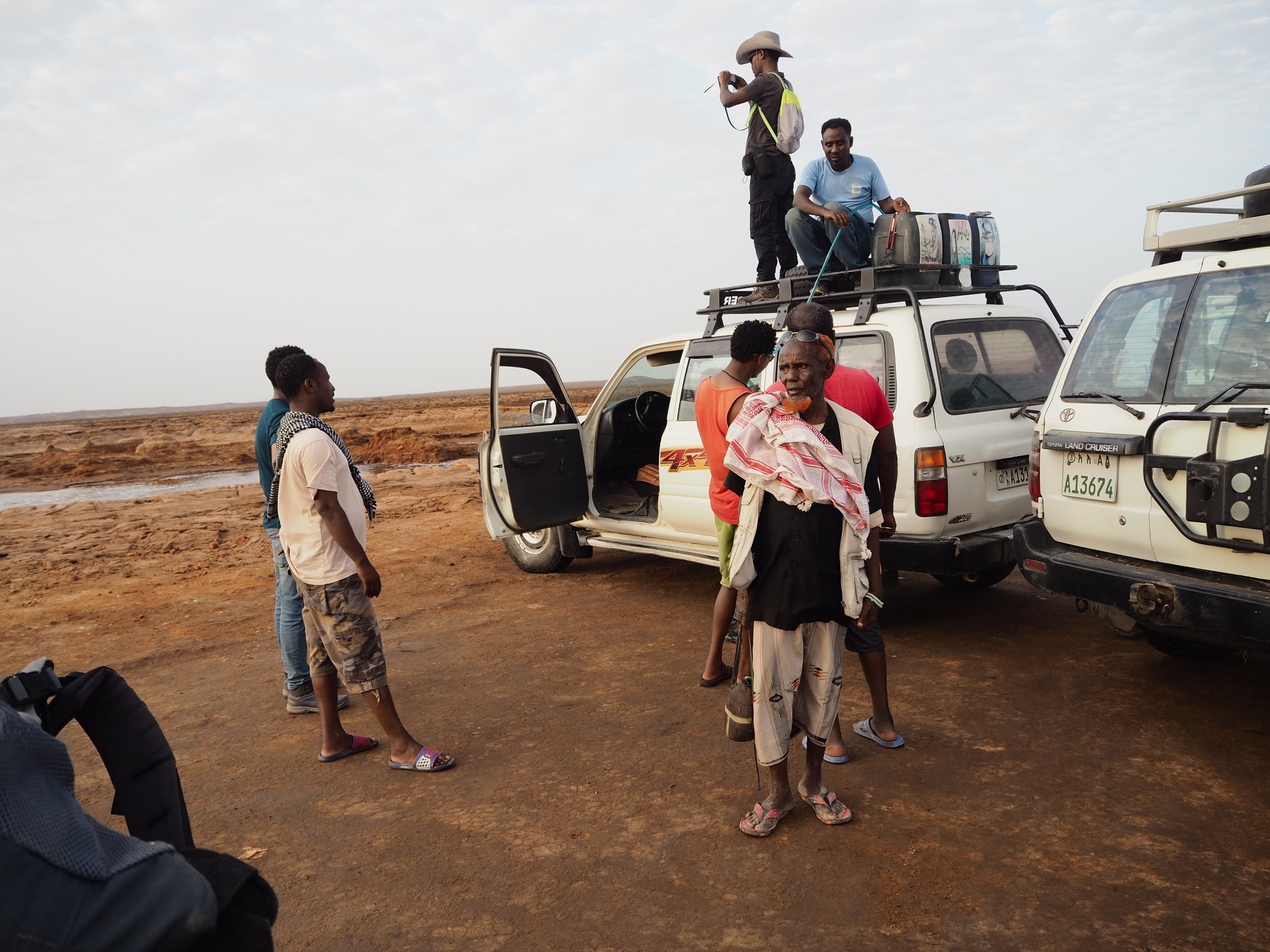
CITIZEN SCIENCE
According to Wikipedia, Citizen Science (also known as community science, crowd science, crowd-sourced science, civic science, volunteer monitoring, or online citizen science) is scientific research conducted, in whole or in part, by amateur (or nonprofessional) scientists. Citizen science is sometimes described as “public participation in scientific research,” participatory monitoring, and participatory action research whose outcomes are often advancements in scientific research by improving the scientific communities’ capacity, as well as an increasing the public’s understanding of science.
The concept of citizen science was born in the 1990’s as a two-fold relationship between citizens and science based on the idea that science should be responsive to citizens and needs that citizens themselves could produce reliable scientific knowledge.
Since then, the concept has grown quickly and is now recognized as a very useful way of partnership between professional and non-professional scientists.
To develop the potential of the concept he Citizen Science Association was created, and recognized officially by the United Nations, and a open-access scientific journal, Citizen Science: Theory and Practice appeared on behalf of this association to report on research, review and synthesis, case studies, essays, methods…
Birdwatchers is one of the most active citizen science communities. Their observations and pictures are very valuable for ornithology research. Picture by Hillebrand Steve, USFWS. Public domain (CC0).
Cavalier, Darlene; Kennedy, Eric (2016). The Rightful Place of Science: Citizen Science. Tempe, AZ: Consortium for Science, Policy & Outcomes. p. 54. ISBN 9780692694831.

The Project Dallol rests upon this powerful idea. The hydrothermal activity in Dallol and the patters produced by this activity change with a frequency much higher than what is affordable, in terms of field campaigns, for scientific teams studying them. Only the daily visits of tourists can provide pictures and observations as often as required to follow the relative activity of different areas.
This is what you can contribute. Please consider uploading the pictures and videos you shot in Dallol as well as any comment or experience about your trip there. These materials will be used in following the evolution of this exceptional place.
Thanks a lot for your help in understanding Dallol! we will be happy sharing this information and our results with you all in this site.
Your pictures are a wonderful souvenir! Give them a second life as useful scientific data. Thanks


